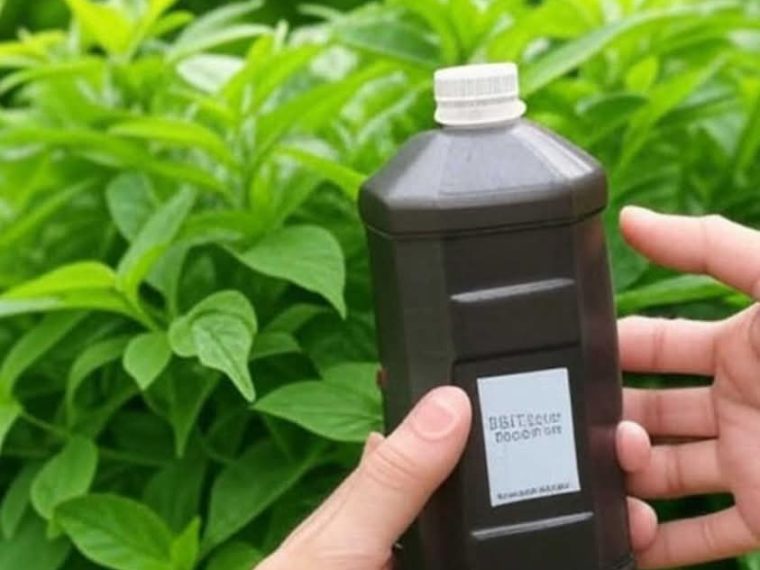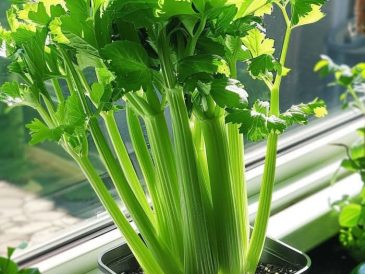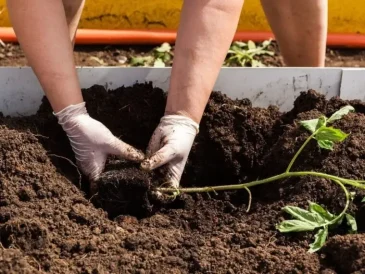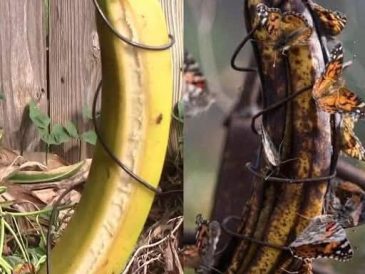Dilute 1/4 cup of 3% hydrogen peroxide in 1 gallon of water.
Pour evenly over the compost pile and turn it with a pitchfork.
Use once a month or when the pile seems sluggish.
Why It Works: The oxygen boost encourages aerobic bacteria to break down organic matter faster.
9. Control Algae in Water Features
Garden ponds or birdbaths can turn green with algae. Hydrogen peroxide clears it up without harming wildlife when used sparingly.
Recipe:
Add 1/2 cup of 3% hydrogen peroxide per 100 gallons of water (adjust based on volume).
Stir gently and let it sit for 24 hours.
Monitor for a few days and repeat if needed, but don’t overuse.
Why It Works: It oxidizes algae cells, restoring clarity to the water.
10. Fight Bacterial Leaf Spot
Bacterial leaf spot causes unsightly lesions on leaves, often spread by water splashes. Hydrogen peroxide can help control it.
Recipe:
Mix 3 tablespoons of 3% hydrogen peroxide with 1 quart of water.
Spray affected plants lightly, avoiding flowers or buds.
Apply every 3 days for a week, ideally in the evening to prevent leaf burn.
Why It Works: It kills bacteria on contact and prevents further infection.
Why Hydrogen Peroxide Shines in the Garden
Hydrogen peroxide’s magic lies in its simplicity. It’s a naturally occurring compound that breaks down into water and oxygen, leaving no harmful residues. At a typical 3% concentration (available at most drugstores), it’s safe for plants when diluted correctly. Overuse or using higher concentrations (like 35% food-grade H₂O₂) can damage roots or beneficial microbes, so stick to the recipes above.
Beyond its practicality, it’s budget-friendly—a single bottle can last an entire growing season. Plus, it’s a sustainable choice, reducing reliance on synthetic chemicals that can harm pollinators or leach into soil.
A Few Tips for Success
Always use 3% hydrogen peroxide unless otherwise specified—it’s the standard household strength.
Test solutions on a small area of your plant first to check for sensitivity.
Store hydrogen peroxide in a cool, dark place, as light and heat break it down.
Wear gloves if handling it frequently to avoid skin irritation.





